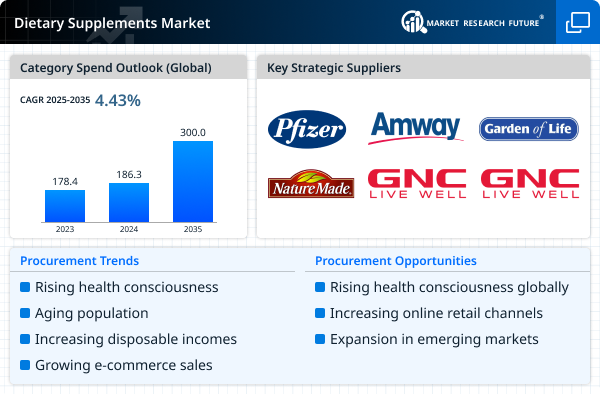Market Analysis
In-depth Analysis of Welding shielding gas Market Industry Landscape
The welding gas/shielding gas market is influenced by a myriad of factors that collectively shape its dynamics. One of the primary drivers is the growth in the construction and manufacturing sectors. As these industries expand, there is an increased demand for welding activities, driving up the need for welding gases. The automotive sector, in particular, plays a significant role, as it relies heavily on welding processes for manufacturing and assembly.
Global economic conditions also exert a substantial impact on the welding gas market. Economic growth or recession directly affects construction projects, manufacturing outputs, and infrastructure development, thereby influencing the demand for welding gases. In times of economic prosperity, construction projects surge, leading to a heightened requirement for welding activities and, consequently, welding gases.
Technological advancements in welding processes also contribute to market fluctuations. The adoption of more advanced and efficient welding techniques often requires specialized shielding gases, creating a demand for new products in the market. Innovations in welding technology not only enhance the quality of welds but also impact the choice of gases used in the welding process, influencing market trends.
Environmental regulations and sustainability initiatives also play a crucial role in shaping the welding gas market. As governments worldwide tighten environmental standards, there is a growing emphasis on using environmentally friendly gases and processes. This shift towards greener solutions drives the development and adoption of eco-friendly shielding gases, creating new opportunities and challenges for market players.
The energy sector, including oil and gas exploration and production, significantly influences the welding gas market. Pipelines, refineries, and offshore platforms extensively rely on welding for construction and maintenance. Fluctuations in oil prices, geopolitical events, and energy policies can impact investments in these sectors, consequently affecting the demand for welding gases.
Raw material prices, especially those of gases such as argon, helium, and carbon dioxide, directly impact the cost structure of welding gases. Market players closely monitor and respond to fluctuations in raw material prices to maintain competitive pricing and profit margins. Additionally, the availability of raw materials can be influenced by geopolitical factors, affecting the overall supply chain of welding gases.
Market competition is another critical factor shaping the welding gas market. The presence of numerous suppliers and manufacturers intensifies competition, leading to innovations, competitive pricing strategies, and the development of diverse product portfolios. Market players strive to differentiate themselves by offering high-quality gases, reliable supply chains, and value-added services to gain a competitive edge in the market.
Regulatory compliance and safety standards also influence the welding gas market. Stringent regulations related to the handling, transportation, and storage of gases impact the operations of market players. Adherence to safety standards is paramount in the welding industry, and companies must invest in compliance measures to meet regulatory requirements, adding an additional layer of complexity to the market dynamics.
In conclusion, the welding gas/shielding gas market is a complex ecosystem shaped by a multitude of factors. From economic conditions and technological advancements to environmental regulations and market competition, each element plays a crucial role in determining the market's trajectory. Companies operating in this space must navigate these dynamic factors strategically to adapt to changing market conditions and capitalize on emerging opportunities.



Leave a Comment